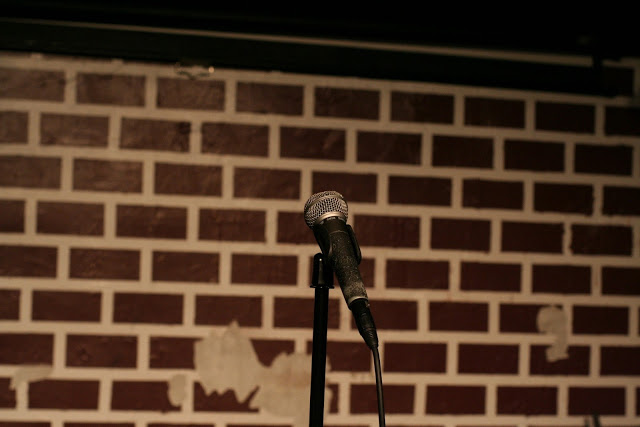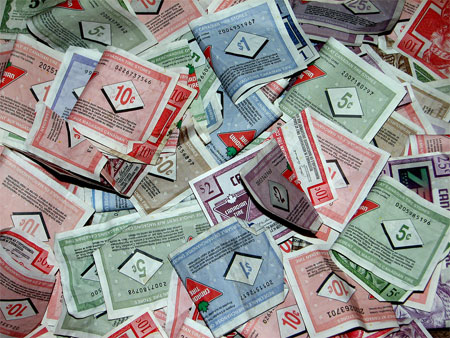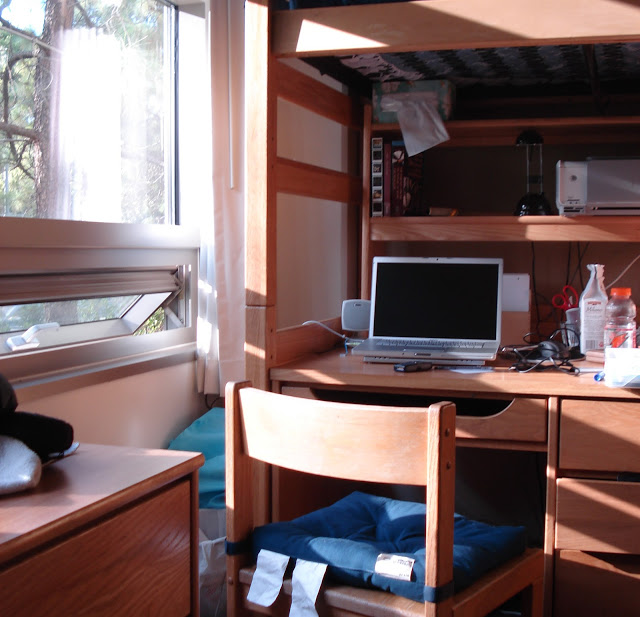A group of new bilingualism laws passed on Monday are no laughing matter for comedy clubs in the Ottawa-Gatineau region. The laws will cause a number of changes, including forcing comedy goers to laugh in both official languages.
Signs directing patrons on how to laugh in French and English will be posted on the front doors of comedy venues. The signs will have to be at least 8 ½” by 11” and will direct the patron to snort appropriately.
Harriet Stein, the owner of Ottawa’s Yuk Yuk’s comedy club, said she’s hoping the new legislation will make the experience more inclusive for patrons. “I always welcome all kinds of customers,” said Stein. “hopefully this will ensure the french minority will feel more welcome.”
The new laws have mostly confused patrons, including heckler Frank Zippo.
Zippo, who has been banned from Ottawa’s Absolute Comedy twice, said he’s started taking French classes at an adult high school so he can heckle in both official languages. “I’ve always been meaning to learn French,” said the 39-year-old. “Now I have an excuse to make it a priority, just as I have made criticizing people on stage a priority.”
The law also states that comedians in the Outaouais have to tell jokes in both official languages.
Bart McKinnon, known for his routine criticizing Justin Trudeau, said he’s been working on improving his act so that his jokes will work in both languages. “The problem is a lot of jokes sound stiff in French,” he said. “It kind of ruins the mood when I have to bring up Google Translate on my phone.”
There is no news yet on how these regulations will affect sales and whether or not this will make comedy nights any funnier.





